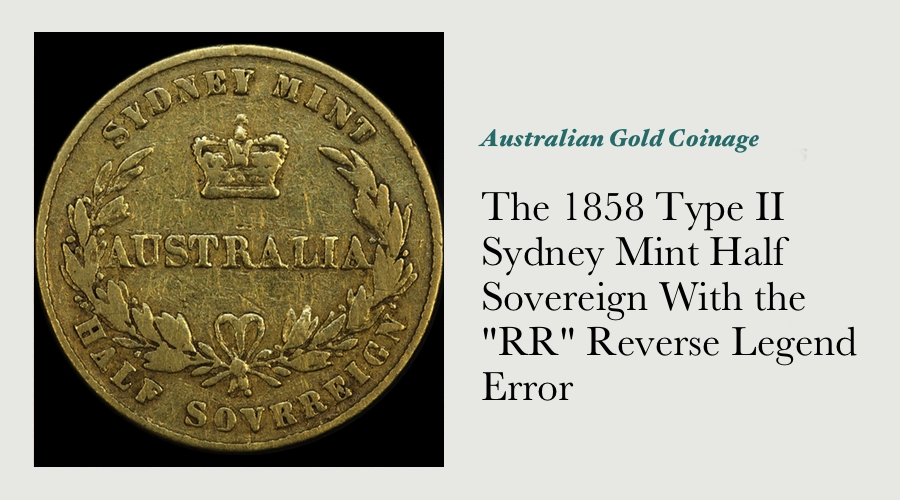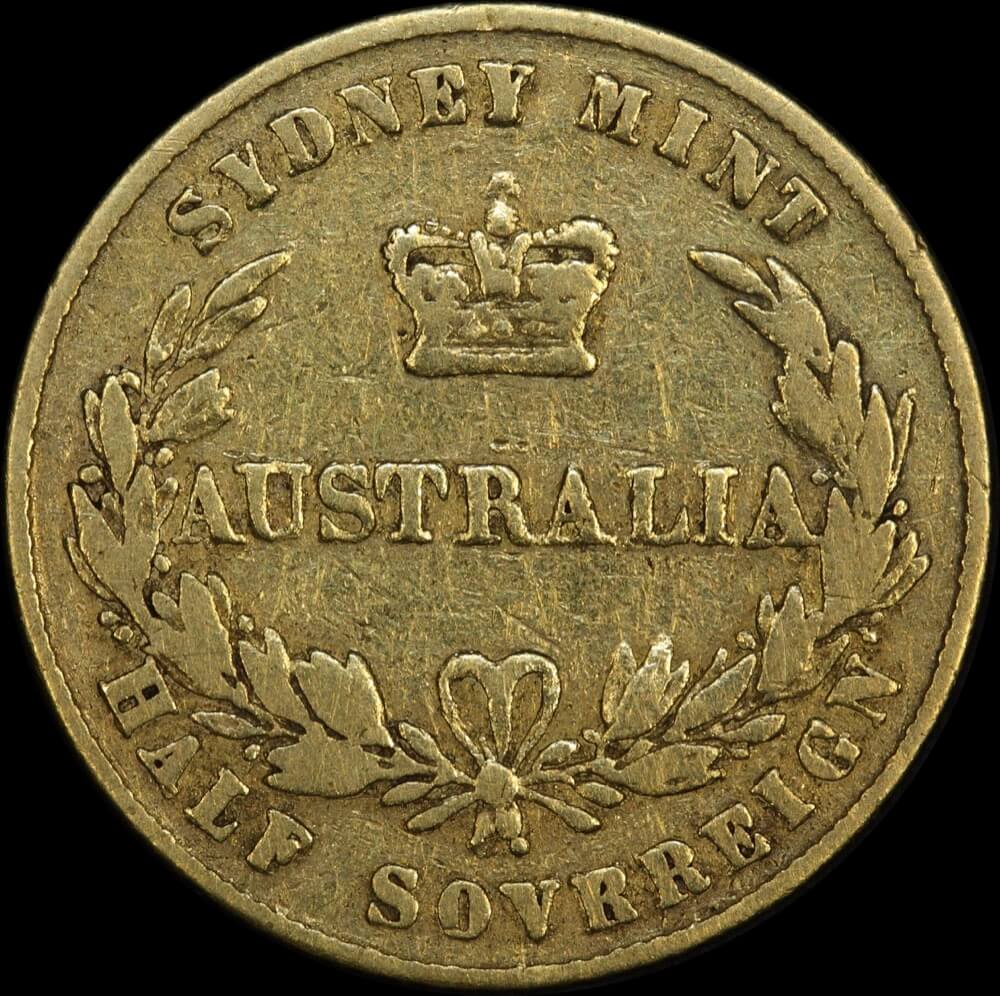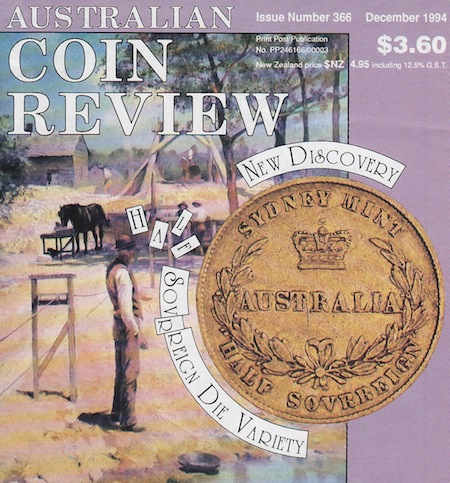The 1858 Type II Sydney Mint Half Sovereign With the "RR" Reverse Legend Error

The 1858 half sovereign with the "RR" error in the reverse legend was not the first major error or variety discovered in the Australian gold coin series, nor is it even the rarest. For the moment at least, it is the most highly coveted and the most valuable. The story of it's discovery arguably kicked off the surge in interest that led to all of the other errors and varieties either being highlighted or discovered.
Sydney rare coin dealer Barry Sparks discovered the first 1858 Sydney Half Sovereign with the "RR" legend error in March of 1994. When he showed the coin to several fellow dealers in Sydney, apparently "…dissension arose as to whether or not the coin was genuine." (It doesn't take much imagination to wonder just imagine how that conversation went down!)
Undeterred, Barry sent the coin to the Royal Mint in London for authentication. The authentication report on the coin, prepared by Graeme Dyer, the Royal Mint's Librarian and Curator, determined that the coin was indeed a genuine half sovereign. Dyer's report included a number of probable explanations as to how the error occurred:
"There is no doubt in our minds here that an 'R' has been entered over the first 'E' of 'SOVEREIGN'. The 'R' is perfectly clear, while we can be sure that there is an underlying 'E' since the two surviving matrices and the two surviving working punches in the Royal Mint collection are fully lettered. This suggests that... the error has arisen from the need to repair broken or otherwise imperfect letters on individual dies. In the present case it may possibly have been the 'R' of 'SOVEREIGN' which required repair and the engraver mistakenly entered his 'R' punch over the 'E', something that I am told is all too easy to do. Alternatively, it was the 'E' that required repair and the mistake the engraver made was to pick up an 'R' punch instead of an 'E'."
As an interesting aside, the "discovery" example of this coin (that is, the first example discovered by Barry Sparks in March 1994), is now housed in the Sydney Mint Museum collection.
The first two examples of this coin being discovered undoubtedly led to a great deal of sport on the Australian numismatic scene. In the United States, this activity is known as "cherry picking" - "…the art of searching through coins, looking for the specimens that have been overlooked for some reason." That the first two coins apparently sat unidentified and in plain view in the inventory of several well-known Australian dealers has caused this error to be more notorious and highly prized than others.
Approximately seven other examples of this important error have been discovered since 1994, bringing the total known population to eight examples.

Public auction sales of the known examples are as follows:
Lot #1337, Noble Numismatics Auction 103 (August 2013). Deep scratches across portrait. Estimate: $15,000. Previously: Lot #1250, Noble Numismatics Auction 66 (March 2001). Nett: $5,825.
Lot #1336, Noble Numismatics Auction 100 (July 2012). Nett: $6,990. Very Good. Minor diagonal abrasion marks across the obverse.
Lot #1532, Downie's (Australian Coin Auctions) Auction 308 (July 2011). Nett: $15,502. Punch mark in obverse field, even wear right across both sides. Very Good
Lot #603, Downie's (Australian Coin Auctions) Auction 309 (October 2011). Nett: $23,850. Ex RBA Downie 290/556. Good / Very Good condition. Mark in obverse field and across neck.
Lot #555, Downie's (Australian Coin Auctions) Auction 290 (November 2005). Nett: $17,935. Ex Reserve Bank archives, Very Good condition.
Lot #556, Downie's (Australian Coin Auctions) Auction 290 (November 2005). Nett: $17,935. Ex Reserve Bank archives, Good / Very Good condition. Mark in obverse field and across neck.
Lot #5629, Status International Auction 225 (June 2005). Nett: $15,728. Estimate: $6,000. Very Good / Fine condition.